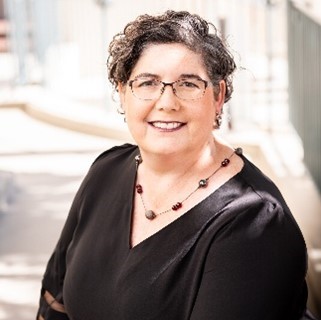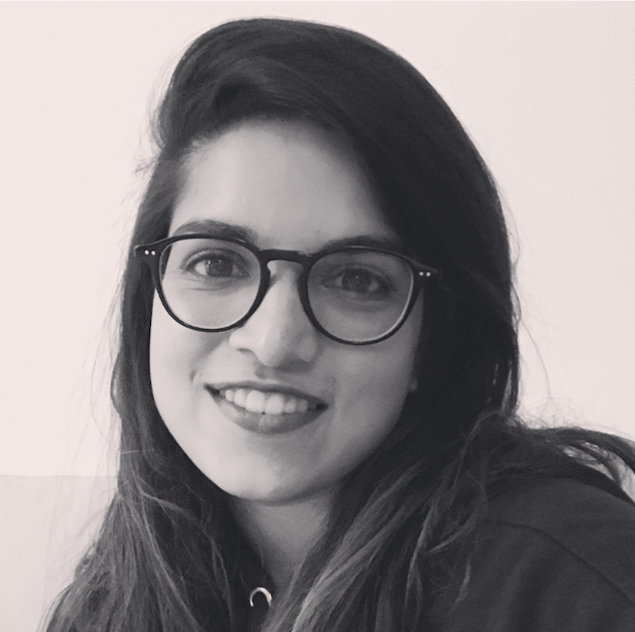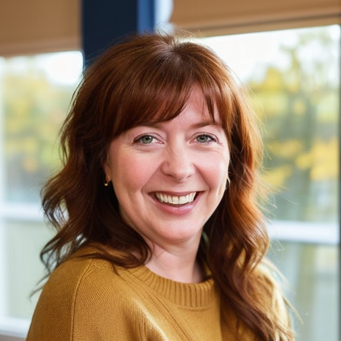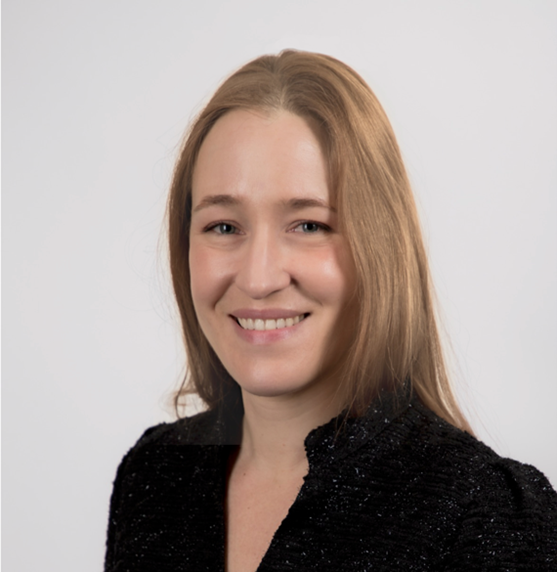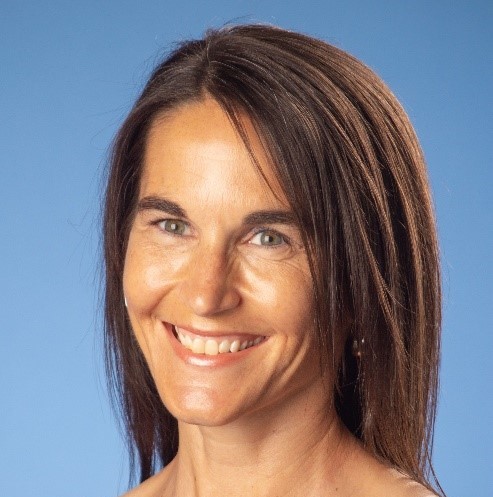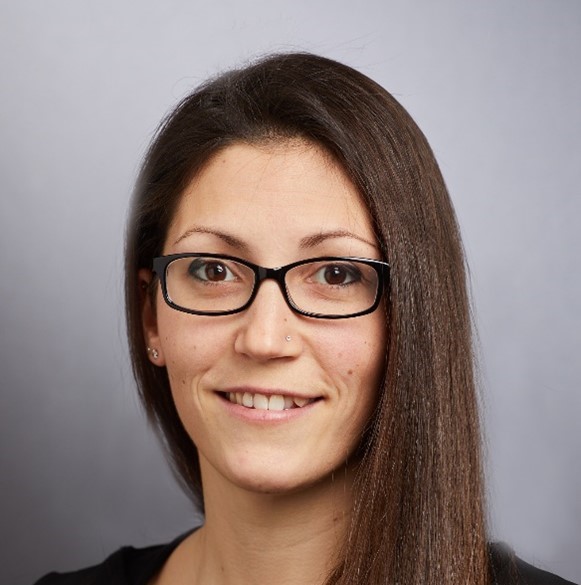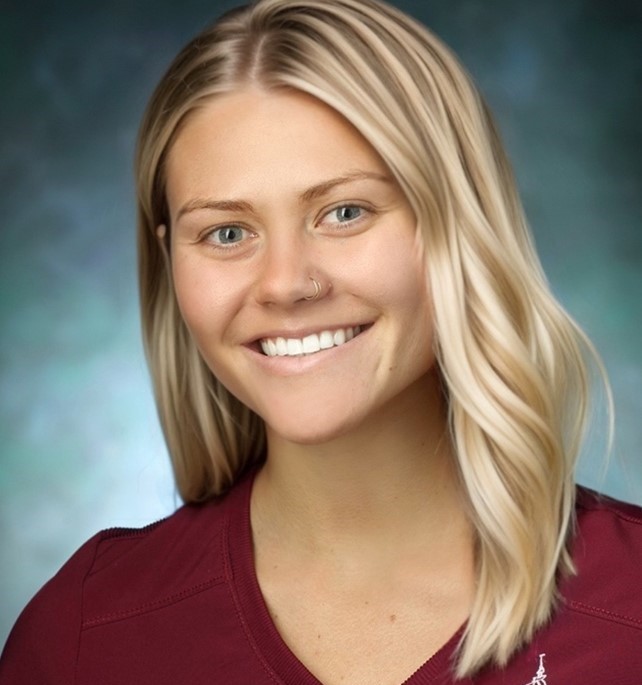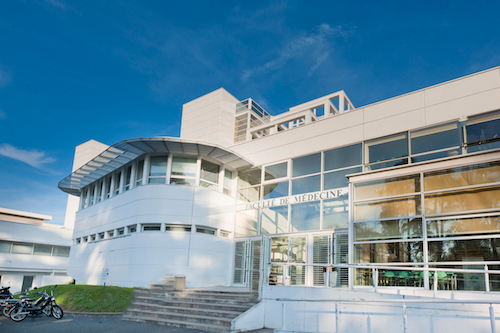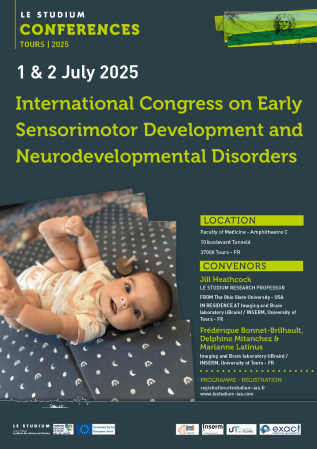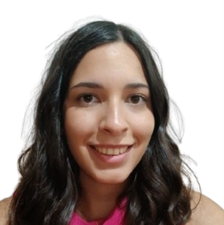
University of Castilla-La Mancha
Address: Faculty of Physiotherapy and Nursing, Av. Carlos III, s/n, Toledo , 45004 - Spain
Email: maria.coello@uclm.es
María Coello Villalón is a physiotherapist and predoctoral researcher at the University of Castilla-La Mancha. She hold a Master's degree in Neurological Physiotherapy and is a member of the ImproveLab research group. Her work focuses on pediatric neurorehabilitation, combining assistive technologies, artificial intelligence, and intensive therapies. She has experience in early detection of cerebral palsy and functional assessment in high-risk infants. María is a researcher in the European AINCP project and collaborates with the HemichildResearch-Unit. Her recent work explores early powered mobility in Spinal Muscular Atrophy Type I.
Early Powered Mobility in Children with Spinal Muscular Atrophy Type I: Family Perspectives Through Photo-Voice Research
Spinal muscular atrophy type 1 (SMA1) is a severe neuromuscular disorder causing progressive muscle weakness and significant motor limitations in young children. Early powered mobility interventions may enhance autonomy, participation, and quality of life. This study evaluates the impact of a family-centered early powered mobility program using a randomized controlled trial with 24 children (10 months to 5 years old) with SMA1. The intervention includes a 12-week structured training followed by free device use in natural environments. Primary outcomes assess participation, functional ability, and quality of life. Complementarily, a qualitative photovoice study explored families’ experiences over four weeks, revealing themes of enhanced emotional and social engagement, environmental accessibility barriers, and the importance of professional-family collaboration. Findings highlight that powered mobility improves independence and participation but also underline ongoing environmental challenges. Participatory methodologies like photovoice empower families to voice real-life needs, guiding future inclusive mobility interventions.

